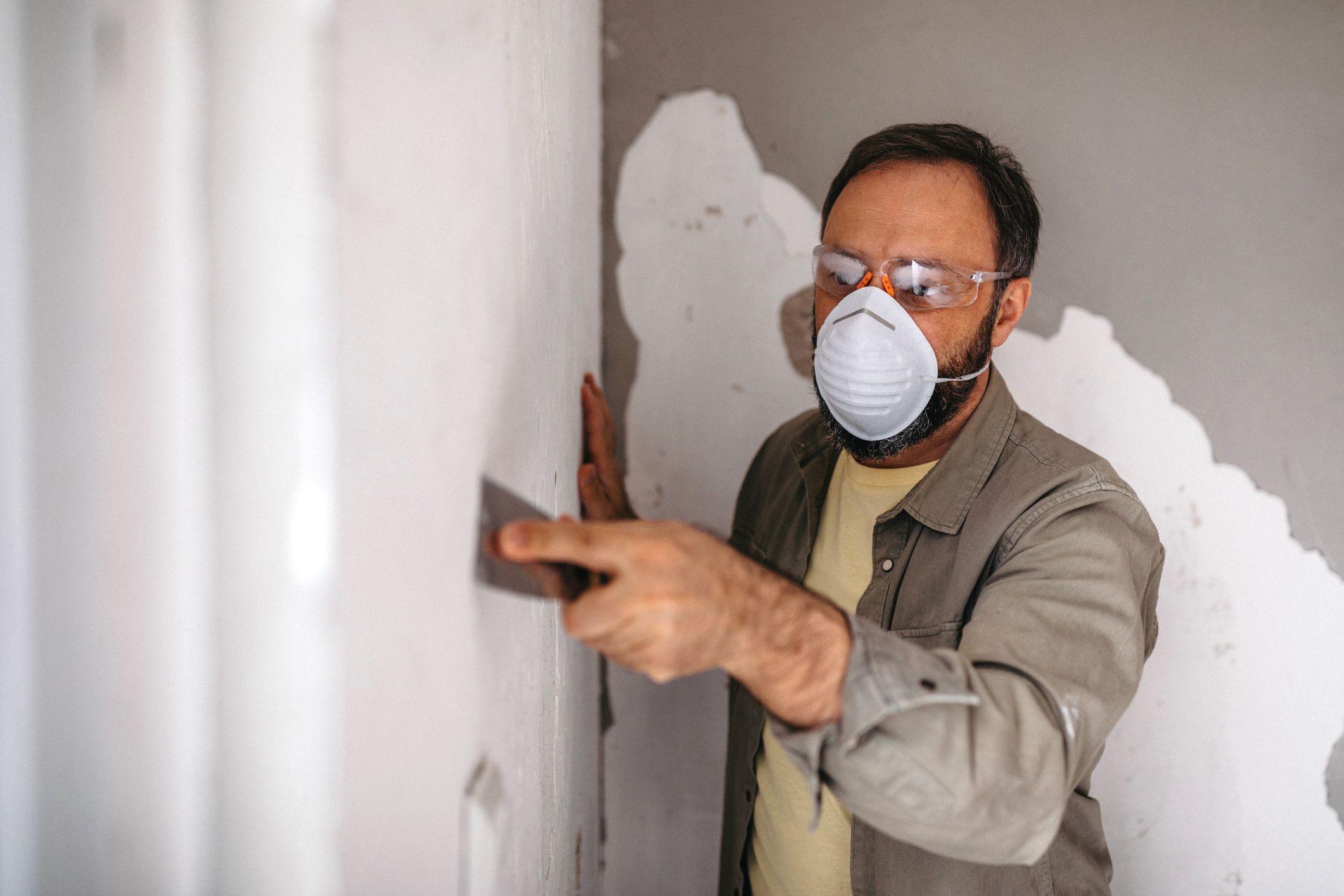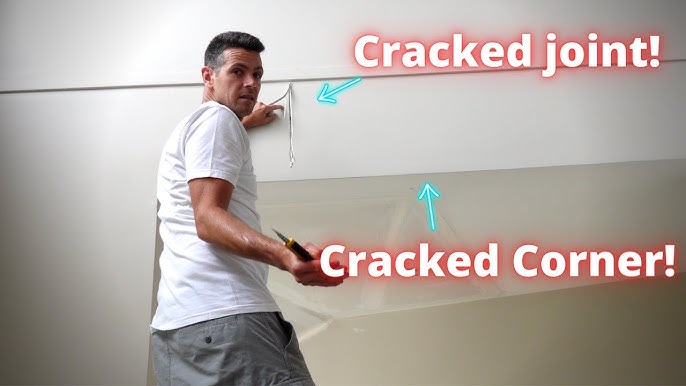A Comprehensive Guide to Mastering Drywall Repair and Setup
This overview provides a detailed expedition of drywall repair and installation, accommodating both beginners and experienced professionals. It details essential tools, strategies for patching and hanging sheets, and the essential finishing procedures. Interior Painting. By recognizing common risks, individuals can achieve refined results. Mastering these skills not just improves one's home however additionally constructs self-confidence in DIY endeavors. What foundational pointers will guarantee an effective task from beginning to end?
Essential Devices for Drywall Repair Work and Installment
When starting on drywall repair work and installment, a couple of necessary devices can significantly boost the efficiency and high quality of the work. A drywall blade, generally available in various sizes, is crucial for using joint compound and smoothing joints. A taping knife is also required for feathering sides and ensuring a seamless surface. Additionally, a drywall saw or energy knife permits accurate cutting of drywall sheets to fit any kind of area.

Step-by-Step Overview to Patching Holes
Patching openings in drywall is a straightforward process that can restore the wall surface's look and stability. To begin, the location around the hole ought to be cleansed and any type of loose particles got rid of. For little openings, a straightforward spackle or joint substance can be applied with a putty knife. Bigger openings might require a patch; an item of drywall can be cut to fit the hole, safeguarded with sticky or screws, and afterwards taped around the edges. Once the spot remains in location, joint compound is applied over the patch and feathered out to blend with the surrounding wall surface. After the substance dries out, fining sand is required to attain a smooth finish. Ultimately, the fixed location can be primed and repainted to match the remainder of the wall. This approach guarantees a seamless repair service, enhancing the total look of the drywall and preserving its architectural integrity.
Strategies for Hanging Drywall Sheets
After efficiently repairing openings in drywall, the following step includes hanging new drywall sheets to create a smooth surface. To accomplish this, one should start by gauging the wall space properly and cutting the drywall sheets to fit. It is crucial to hang the sheets horizontally for far better structural integrity, beginning from the top and functioning downwards.
Utilizing a drywall lift can simplify the procedure, specifically for ceiling installations. As soon as positioned, protecting the sheets with drywall screws at periods of about 12 inches along the edges and 16 inches in the area is crucial. This ensures a strong hold and reduces the danger of drooping. For edges, the sheets must be reduced to fit well, permitting cleaner joints. It is suggested to startle the joints between sheets to reinforce the overall framework, creating an extra sturdy coating ready for the next stage in the drywall setup procedure.
Completing Touches: Taping and Mudding
Completing the drywall installation includes the crucial steps of taping and mudding, which assure a smooth and sleek surface. Insulation calls for the application of joint tape over the seams between drywall sheets. Drywall Repair Ogden UT. This tape can be either paper or fiberglass mesh, with each type offering distinct advantages. After taping, the next step is mudding, where joint substance, or "mud," is put on cover the tape and fill any imperfections
Utilizing a drywall knife, the compound needs to be spread uniformly, guaranteeing a feathery edge to decrease noticeable changes. Several layers are frequently necessary, with fining sand in between each layer to attain a smooth surface. Cautious interest throughout this procedure is important, as it significantly influences the final appearance of the wall surface. With the best strategy and persistence, the end result will certainly be a remarkable foundation all set for painting or completing touches.
Typical Errors to Avoid in Drywall Projects

An additional common blunder is not enabling sufficient drying time between coats, which can trap dampness and endanger the coating. Furthermore, neglecting to feather the sides effectively can create noticeable lines and flaws. Skipping sanding or utilizing inappropriate techniques might leave harsh places. By read more understanding these risks, individuals can significantly boost the top quality of their drywall projects and attain a professional-looking coating.
Regularly Asked Questions
Can I Repair Drywall Without Specialist Aid?
Yes, one can repair drywall without expert aid. With the right devices, materials, and guidance, individuals can successfully deal with small repair work. However, substantial damage may call for specialist know-how for perfect outcomes and resilience.
How Much Time Does Drywall Substance Take to Dry?
Drywall compound commonly takes in between 24 to two days to dry completely, depending on factors such as humidity and temperature level. Thinner layers might dry much faster, while thicker applications call for even more time for suitable results.
What's the very best Kind Of Paint for Drywall?
The most effective sort of paint for drywall is normally a water-based latex paint. It supplies superb insurance coverage, sturdiness, and ease of application, making it excellent for indoor walls while permitting very easy clean-up with soap and water.
/Bhg-how-to-patch-dry-wall-hero-2431_ErCJ7v2pKcVADoq5rBc19m-9bc6054b40c84af4bd3ba2b19b3693b9.jpg)
How Do I Protect Against Mold on Drywall?
To avoid mold and mildew on drywall, guarantee appropriate air flow, control humidity levels, use mold-resistant products, and quickly deal with any kind of leakages. Normal inspections and immediate remediation of water damages are additionally essential for lasting prevention.
Is Drywall Recyclable After Removal?
Drywall is recyclable after elimination, offered it is without impurities like mold and mildew, paint, or various other hazardous products. Reusing centers can process it into new items, advertising sustainability and reducing land fill waste in building.
When starting on drywall fixing and setup, a couple of important devices can considerably enhance the efficiency and high quality of the job. After efficiently repairing openings in drywall, the following action includes hanging new drywall sheets to produce a seamless surface area. Finishing the drywall installation involves the essential actions of mudding and taping, which assure a sleek and smooth finish. Achieving a refined coating in drywall projects can be challenging, and numerous typical blunders can weaken the high quality of the work. Yes, one can repair drywall without specialist help.